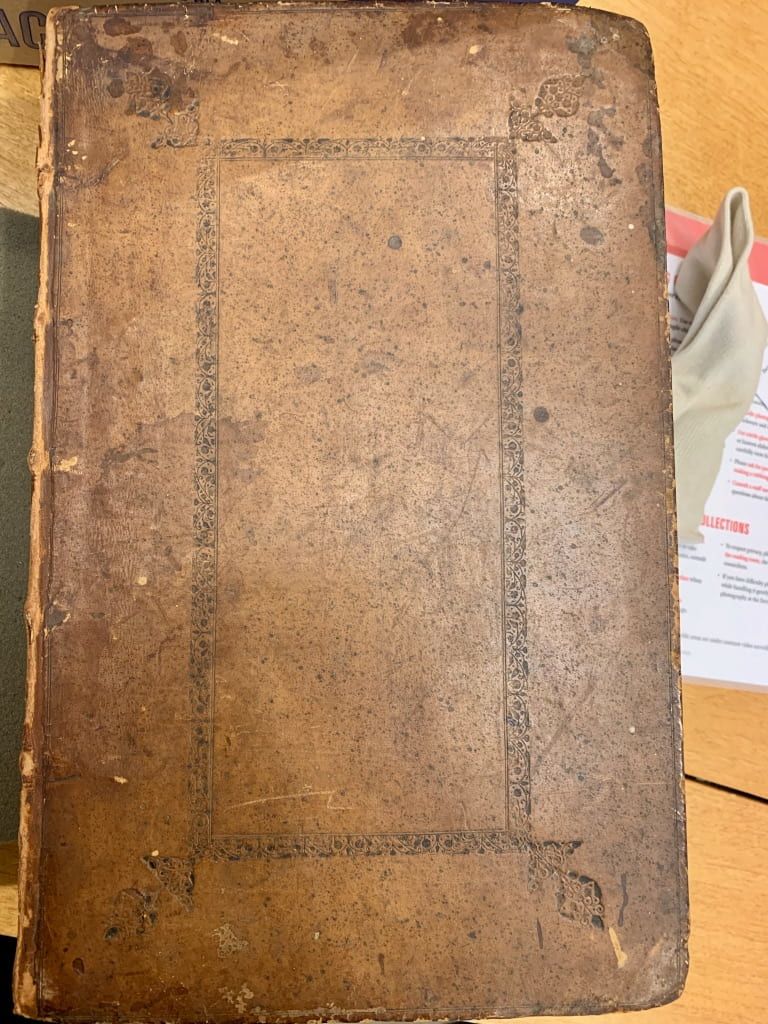Oxford student makes rare discovery
Oxford pre-med undergraduate finds unpublished manuscript by poet and physician William Carlos Williams
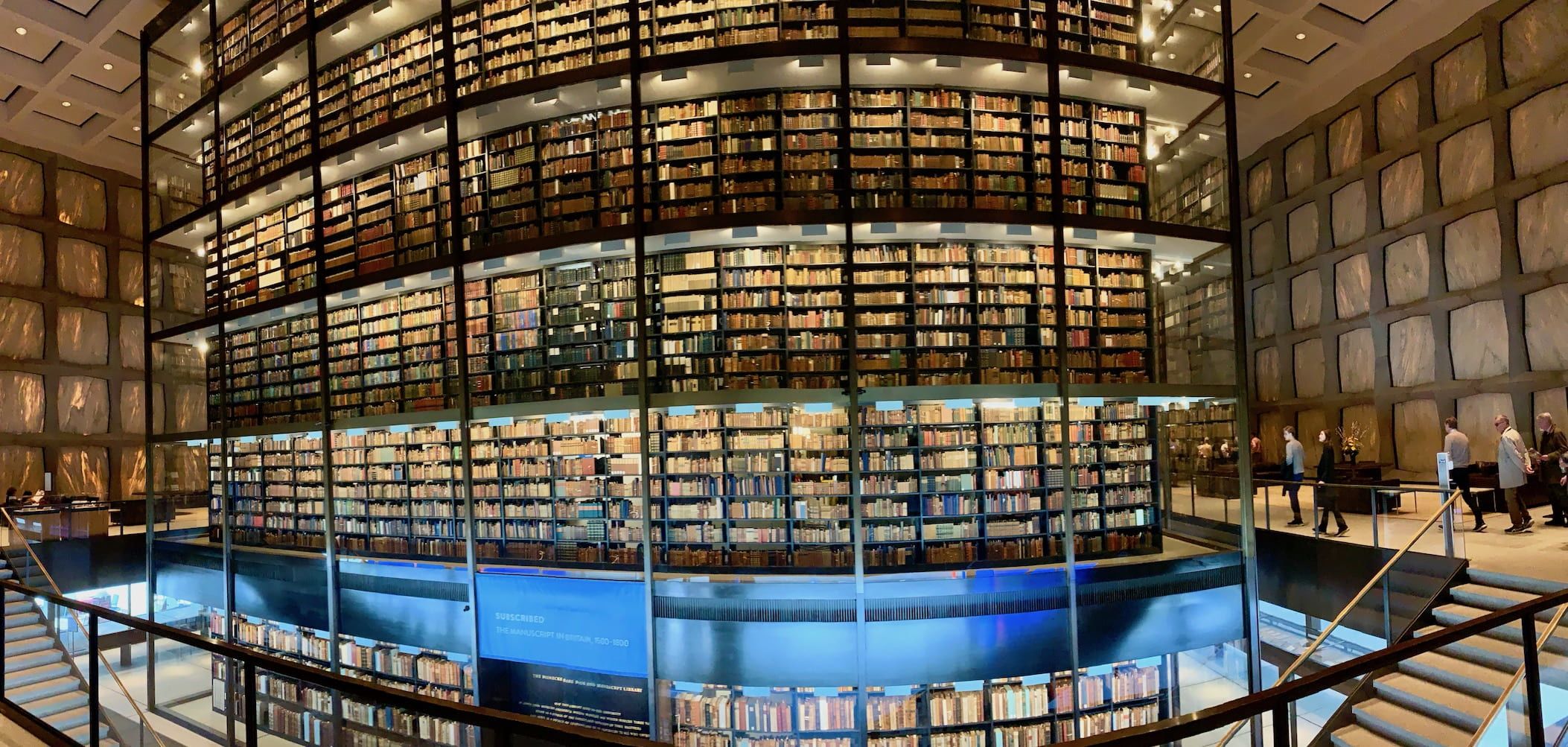
It was a coincidence that could only happen at a tight-knit campus like Emory's Oxford College.
Audrey Ruan, at the time a second-year student double majoring in English and neuroscience and behavioral biology, was heading home to Connecticut for spring break and her professor Sarah Higinbotham was going to be in the same area for a conference.
Ruan had grown passionate about archival research, so the two planned to spend a few days at Yale’s Rare Book library – the Beinecke – when they were both in New Haven.
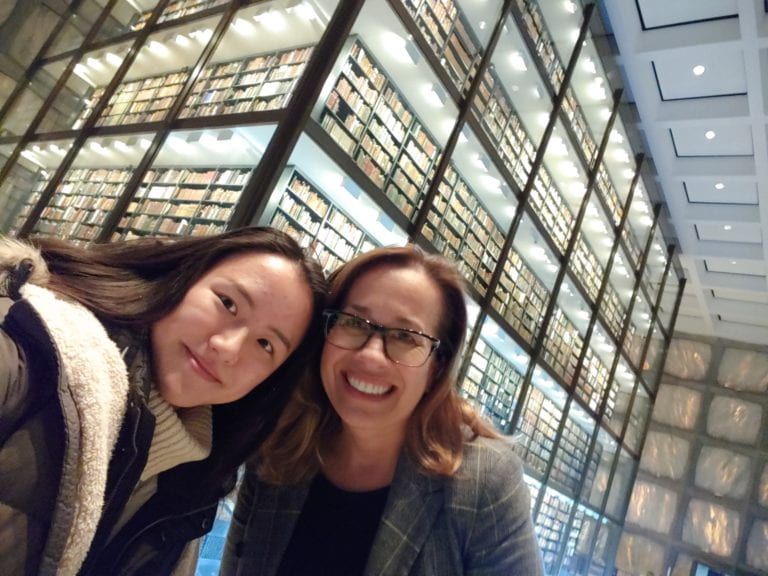
Audrey Ruan and Sarah Higinbotham at Yale's Beinecke Rare Book library
Audrey Ruan and Sarah Higinbotham at Yale's Beinecke Rare Book library
“With tremendous good fortune, the Beinecke holds all the papers of William Carlos Williams, who is one of the fathers of modernist poetry and was the chief of pediatrics for 40 years. I was working at a table on my work – which was 17th century law – and she was working on a table looking through William Carlos Williams' things and found the prescription book.”
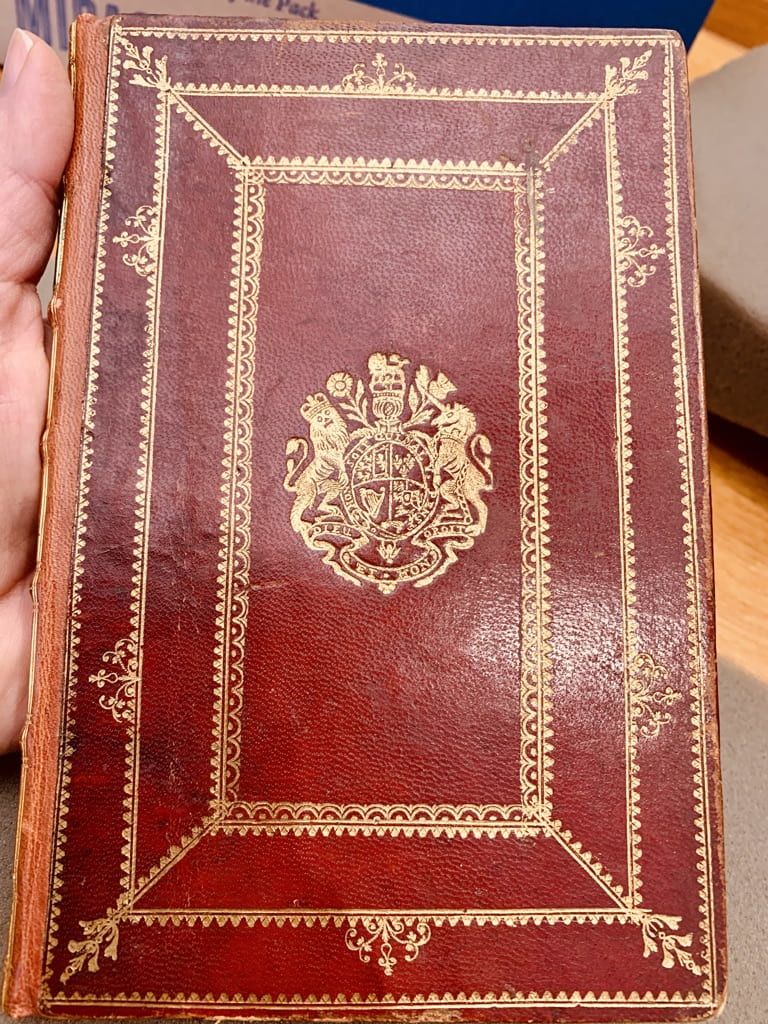
Throughout his career, Williams was known for jotting down poems on his prescription blanks.
“I had always been fascinated that he would be writing poems between house calls.”

Ruan began transcribing the manuscript found throughout the prescription pad. She eventually got stuck trying to interpret his handwriting, so she took to the published research to attempt to fill in the blanks.
“Well guess what … There was no transcription. I thought, there is no way there is an unpublished manuscript in this collection.”
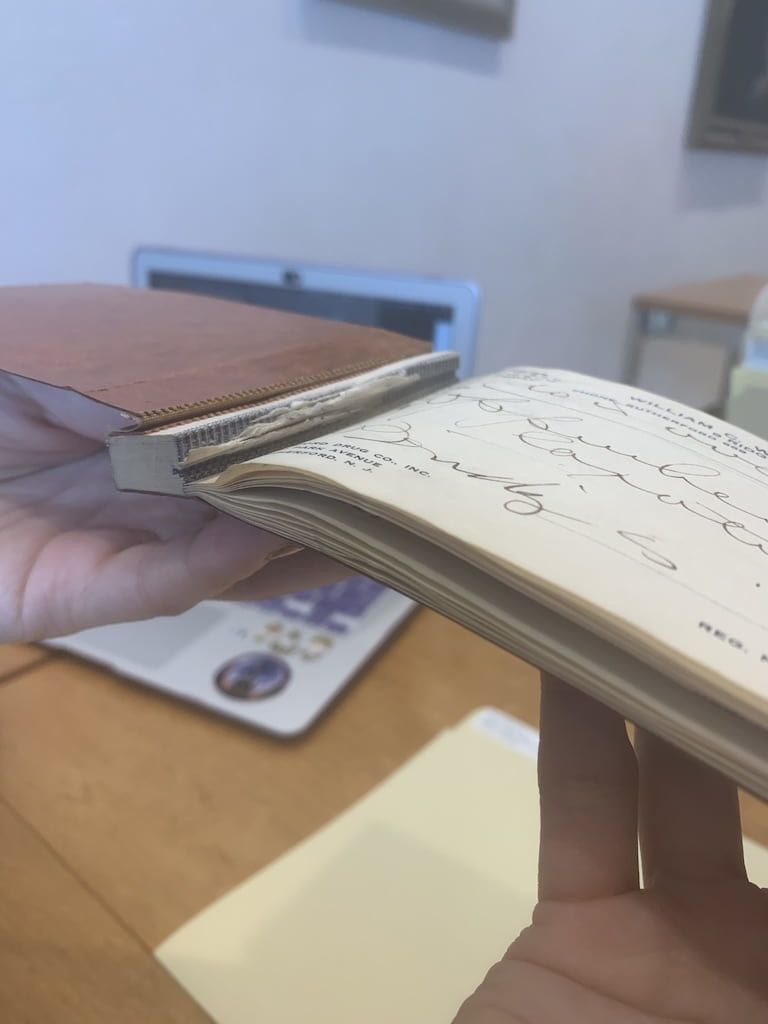

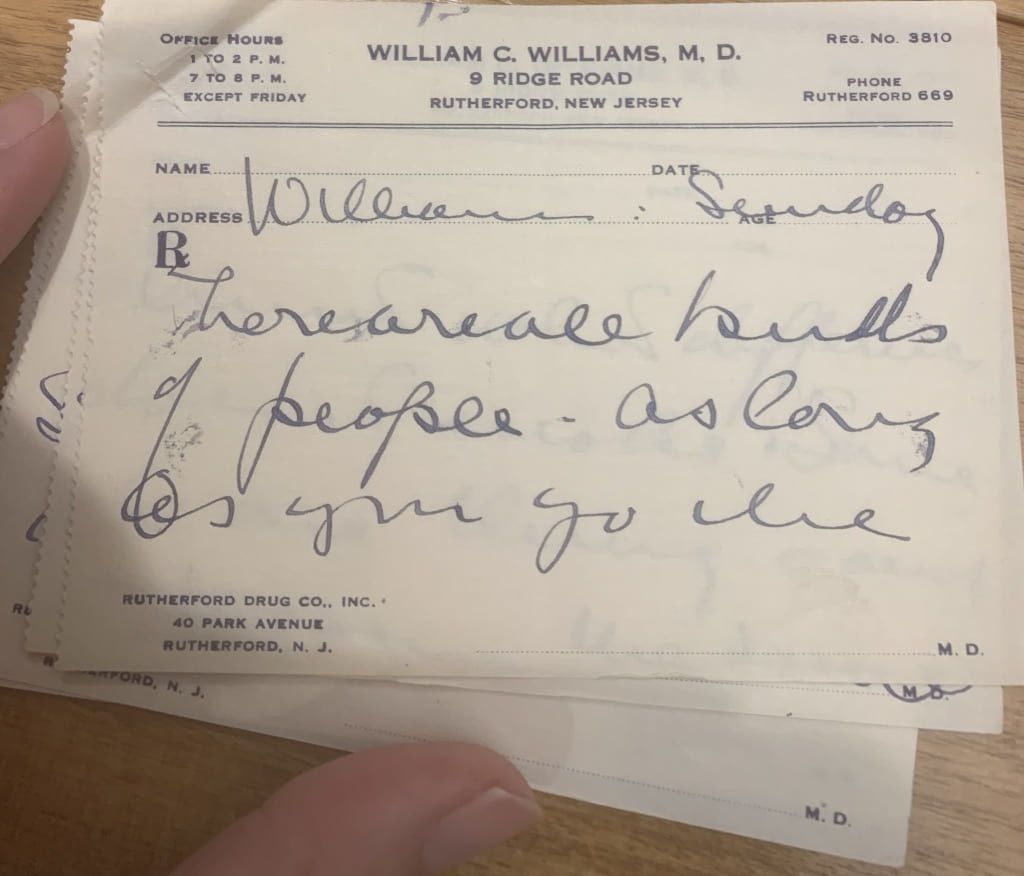
Transcribing this piece by hand helped Ruan to think of the limits of the internet and what is possible through hands-on research.
“You always think that something has been done before, so there is a safety net. It is that idea that if you can’t figure it out you can find it online if you look hard enough,” she says. “With this transcription, we were looking up different sections that we could make out in the prescription pad and we couldn’t find anything aside from the Beinecke archive listing.”
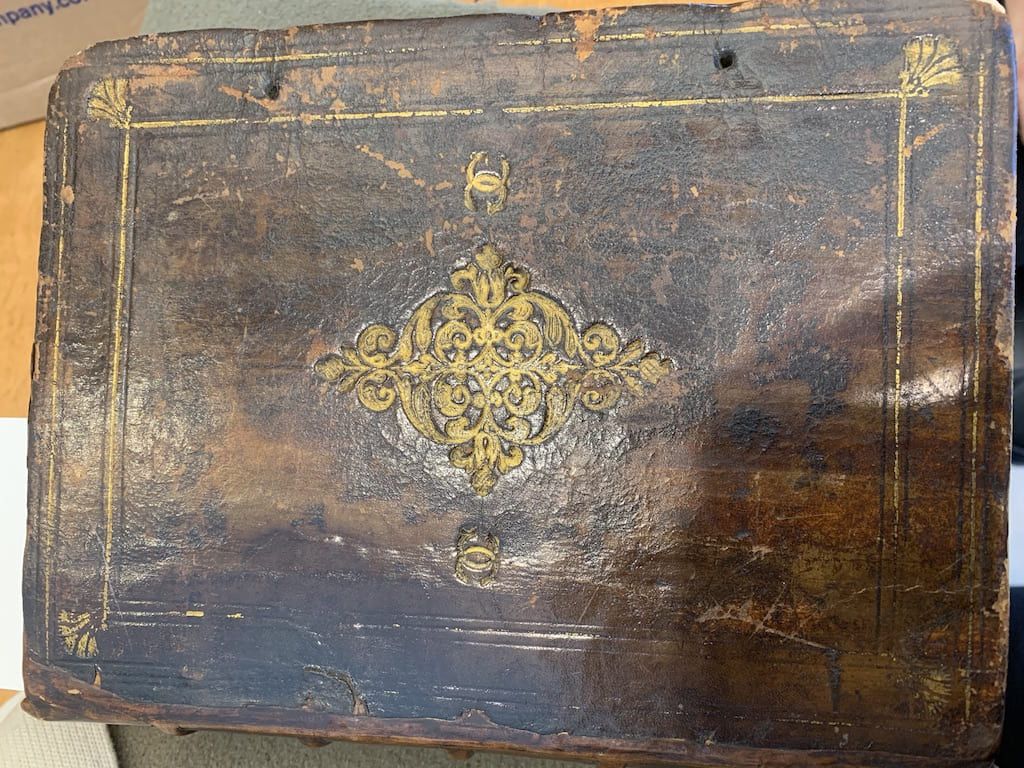
Ruan and Higinbotham reached out to the curator of the collection and a Williams scholar and discovered that what she had found was, in fact, an unpublished piece.
Together, they knew the piece needed to be published. Ruan got the rights from the Williams estate and sent her discovery to the British Medical Journal Medical Humanities blog.
They accepted it in 18 hours.
“In her piece, you see a young woman who is clearly a first-class researcher and has charted this course towards medicine, but sees that the humanities have so much to offer the field of medicine.
“It is so unusual to make a discovery like that as an undergrad, but what she shows is that it can be done with curiosity, imagination, and dogged determination.”
— Sarah Higinbotham

Higinbotham made it clear that coincidences like this are not possible everywhere. It is something that was only made possible because of Oxford’s small campus and unique community.
“This is a quintessential Oxford story. Oxford is a small liberal arts college – one of Emory’s nine colleges – and yet so many of our students are pre-professional, whether it is pre-law, pre-med, or pre-business. What Oxford shows them is it doesn’t have to be ‘or.’ It doesn’t have to be the profession ‘or’ the humanities. It’s ‘and.’
“I think that is something that Oxford is distinctly positioned to help students discover in a way that will enrich not only their career, or the medical school they get into, but enrich their lives as physicians, as lawyers, or business people. Oxford gave Audrey the ‘and.’”
Ruan, now an Emory College junior, has always battled with the idea of making her career a choice between the different pursuits she loves.
“It is a very conflicting thought, to have to choose between either English or medicine,” Ruan explains. “While asking the question of: how can I be both an English major and a pre-med student, learning more about Williams and other physician poets like him has shown that the options aren’t predefined.”
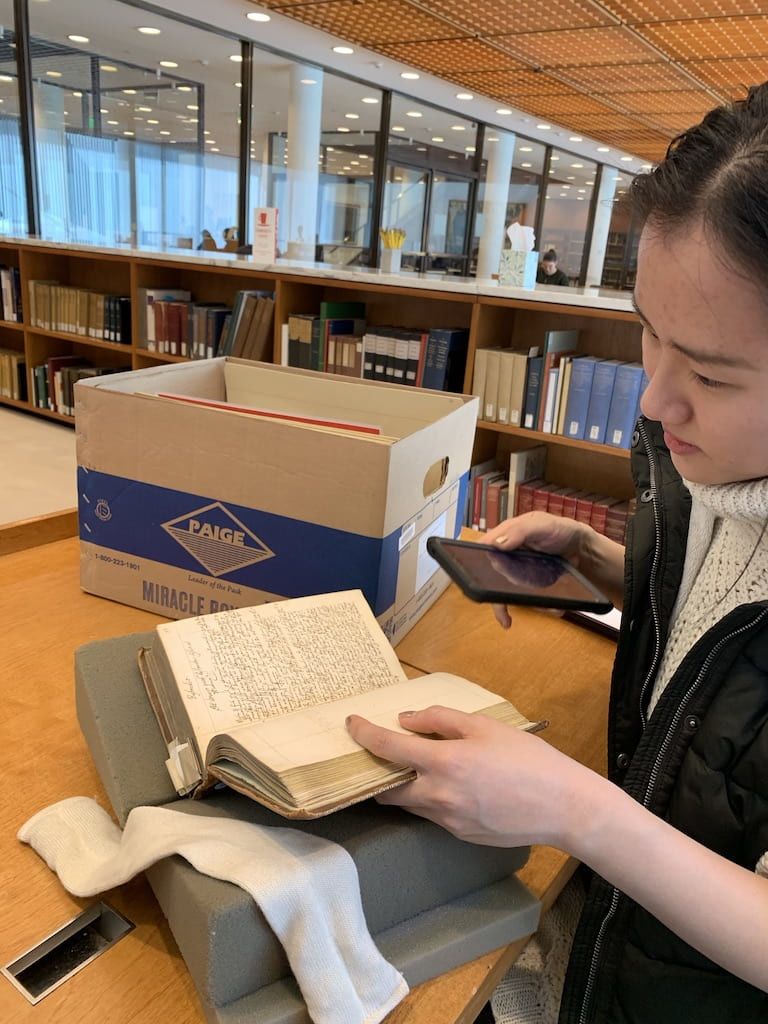
Because of the close-knit community Oxford is known for, Higinbotham and Ruan were able to make this connection and conduct this research during their time off campus.
“There’s not a lot of times that a professor will happen to know that Audrey lives in New Haven, but you know that at Oxford because you know your students very well,” Higinbotham says.
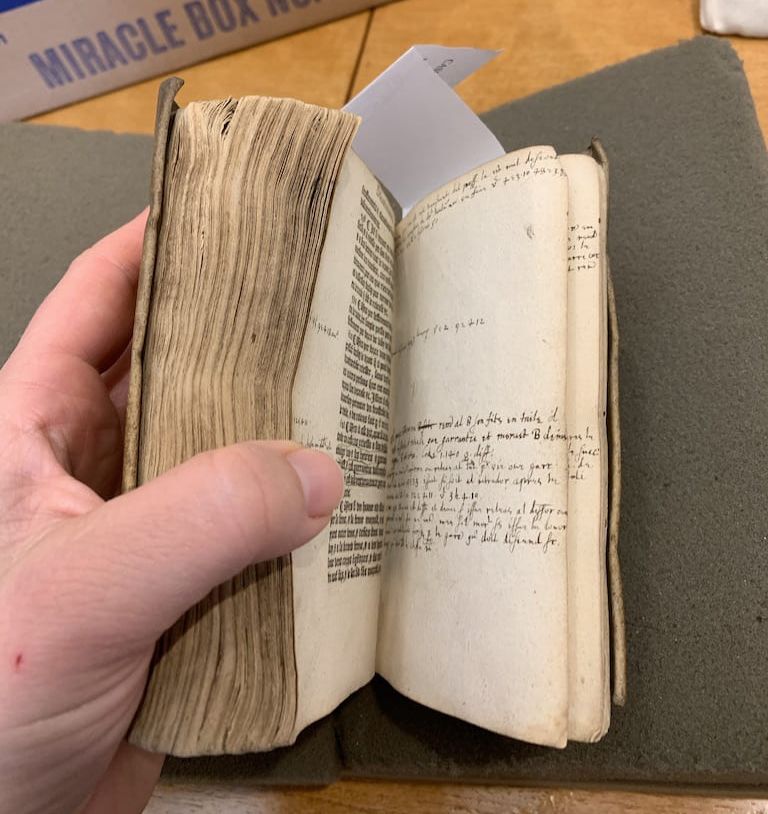
“We’re small and because of that I was able to have her in multiple classes, I knew I was already going to New Haven and it was just two extra nights in a hotel and because we were able to figure that out quickly, we made it happen.”
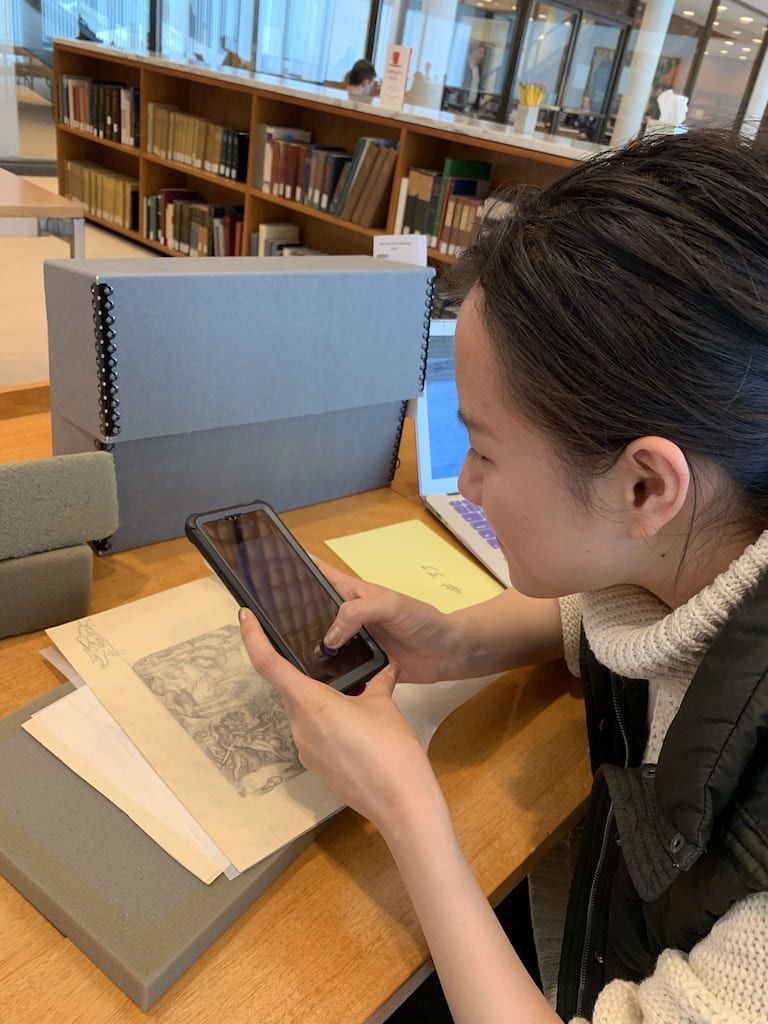
Oxford College of Emory University | November 24, 2020
Written by Jackie Gutknecht

To learn more, please visit Oxford College undergraduate research or contact Sarah Higinbotham.
Oxford College
Emory University
Emory News Center
